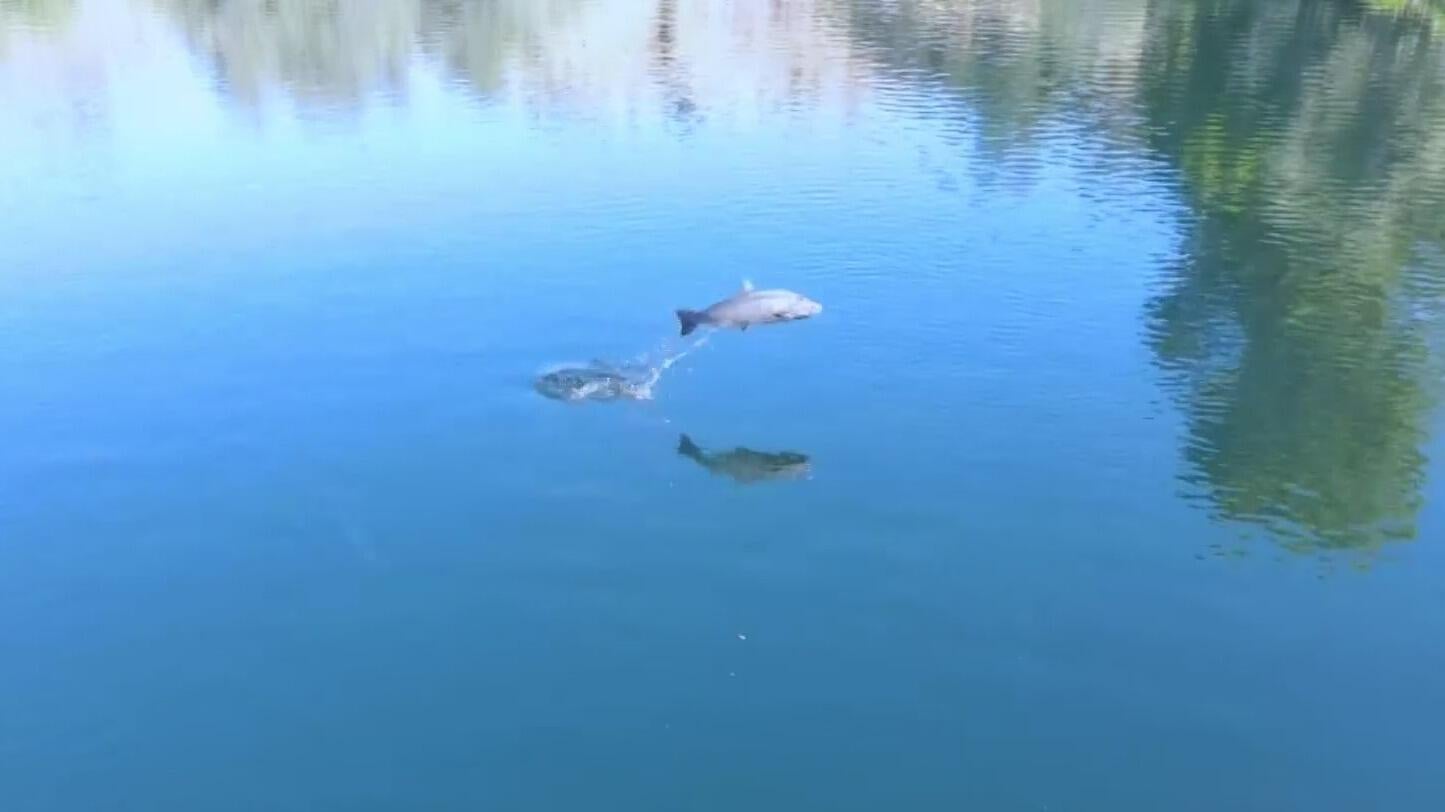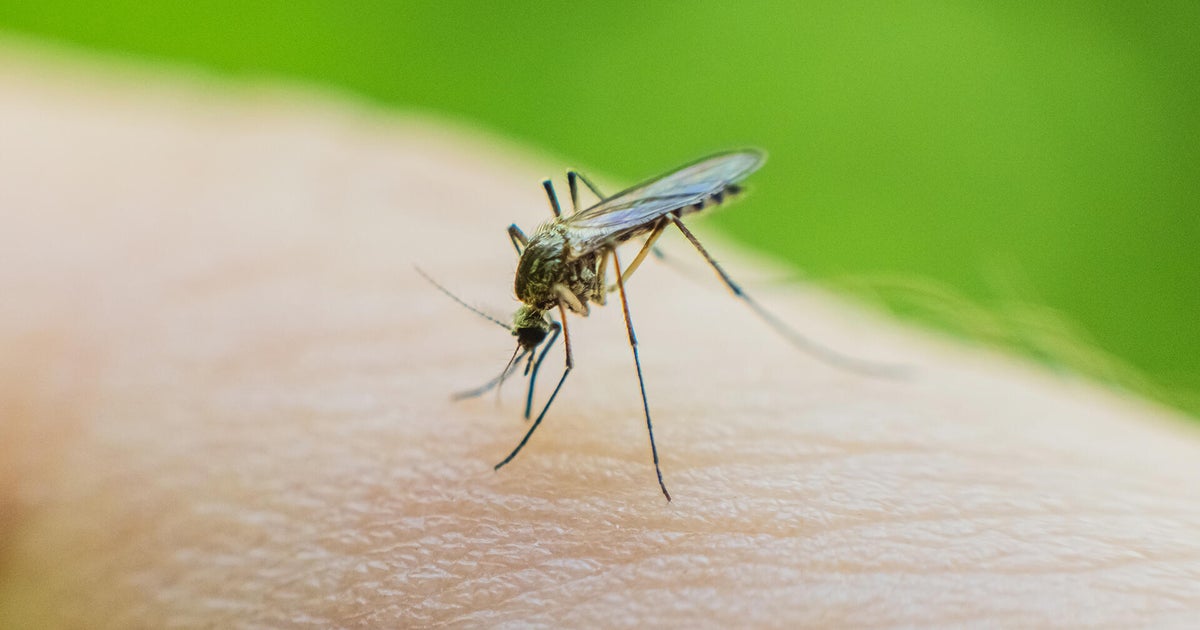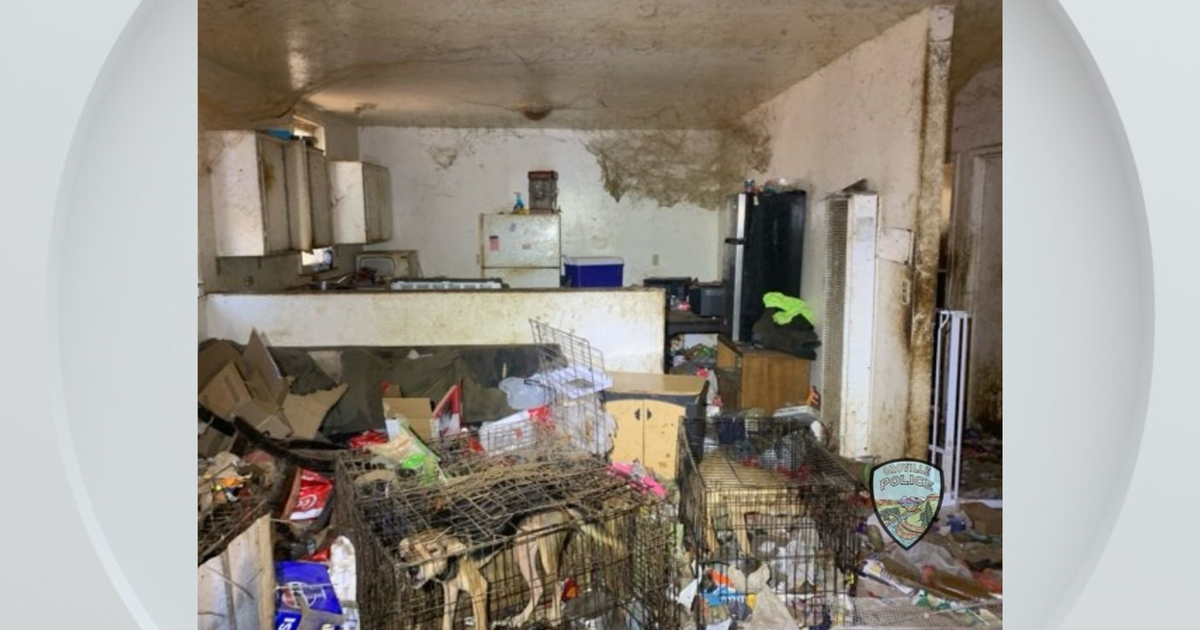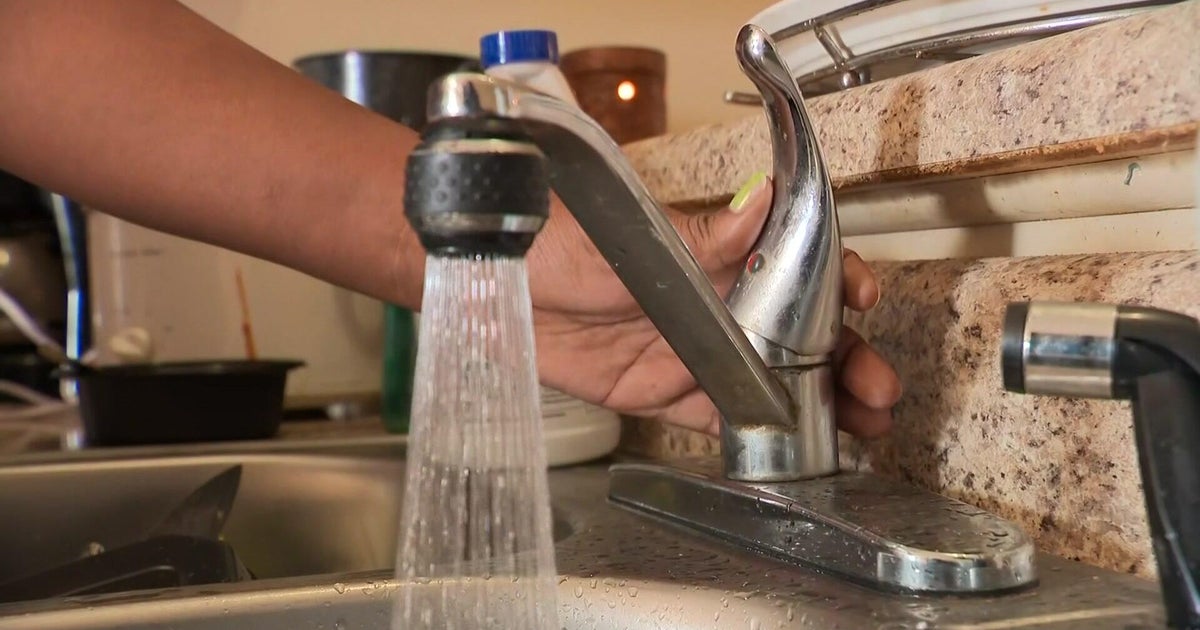Hundreds of spring-run salmon rescued after taking detour into Tuolumne River
More than 1,200 adult spring-run Chinook salmon meant to return to the San Joaquin River ended up in the Tuolumne River instead, prompting a five-part rescue operation.
The fish were originally released as part of the San Joaquin River Restoration Program. But cooler, cleaner water and improved habitat conditions on the Tuolumne appeared to draw the fish off course, according to officials from the Turlock Irrigation District (TID).
"Once the pulse flows had ended the plung pool was a little cut off from the main stem of the river," said Constance Anderson, communications division manager for TID. "So we had to figure out a plan to move them back into cleaner, cooler water."
The salmon became trapped below the historic La Grange Diversion Dam after spring flows receded, isolating them in a plunge pool with limited oxygen and rising temperatures. In response, TID worked alongside the California Department of Fish and Wildlife, U.S. Fish and Wildlife Service, NOAA Fisheries, and the fisheries consulting firm FISHBIO to safely relocate the fish downstream.
"When we discovered that there were salmon in what we call the plunge pool, we were able to move the fish, you know, at least about 50 feet from the plunge pool down to the main stem, to a more appropriate water source," said Josh Weimer, director of external affairs for TID.
TID's construction team built a custom transport device, a chamber system designed to assist with fish relocation. Crews carried out five separate rescue missions after realizing just how many fish had gathered.
"Initially, when we started the process, we didn't realize how abundant the fish were in the plunge pool," Anderson said. "Which was both very exciting and also meant that we had a few different relocation processes to go through to get them all out."
Officials say the salmon were likely drawn to the Tuolumne due to restoration work already underway. TID and its partners, Modesto Irrigation District and the San Francisco Public Utilities Commission, have spent years improving habitat along the river, including adding clean gravel, expanding floodplain access and enhancing flows to support native fish.
"We are doing habitat restoration. We are putting new gravel back into the river," Weimer said. "So hopefully we see larger and larger salmon runs in the future."
The final group of fish was relocated about 10 days ago. The Tuolumne River Partners say they plan to install a segregation weir near Old La Grange Bridge to help manage future runs and prevent spring-run salmon from becoming stranded again.




